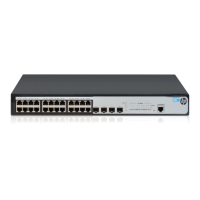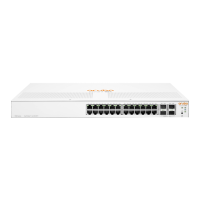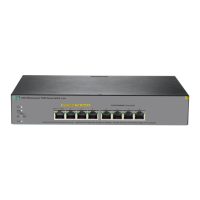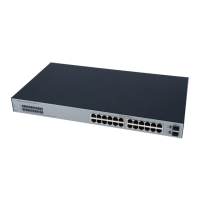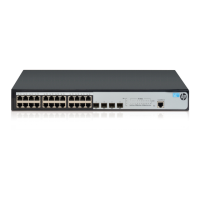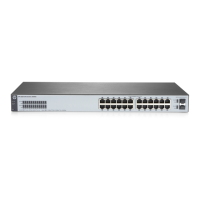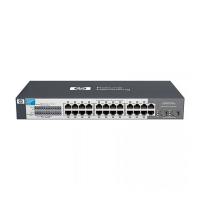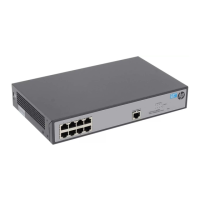Accounting Optional
Specify whether to enable the accounting optional feature.
With the feature enabled, a user who would otherwise be disconnected can use the
network resources even when there is no accounting server available or when
communication with the current accounting server fails.
If accounting for such a user fails, the switch no longer sends real-time accounting
updates for the user.
Default Accounting
Name
Secondary Method
Configure the default accounting method and secondary accounting method for all
types of users.
Options include:
• HWTACACS—Performs accounting based on an HWTACACS scheme. The
switch series does not support this option
• Local—Performs local accounting.
• None—No accounting is performed.
• RADIUS—Performs RADIUS accounting. You must specify the RADIUS scheme to
be used.
• Not Set—Restores the default local accounting.
LAN-access Accounting
Name
Secondary Method
Configure the accounting method and secondary accounting method for LAN
access users.
Options include:
• Local—Performs local accounting.
• None—No accounting is performed.
• RADIUS—Performs RADIUS accounting. You must specify the RADIUS scheme to
be used.
• Not Set—Uses the default accounting methods.
Login Accounting
Name
Secondary Method
Configure the accounting method and secondary accounting method for login users.
Options include:
• HWTACACS—Performs accounting based on an HWTACACS scheme. The
switch series does not support this option
• Local—Performs local accounting.
• None—No accounting is performed.
• RADIUS—Performs RADIUS accounting. You must specify the RADIUS scheme to
be used.
• Not Set—Uses the default accounting methods.
AAA configuration example
Network requirements
As shown in Figure 360, configure the switch to perform local authentication, authorization, and
accounting for Telnet users.
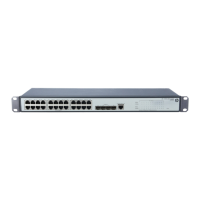
